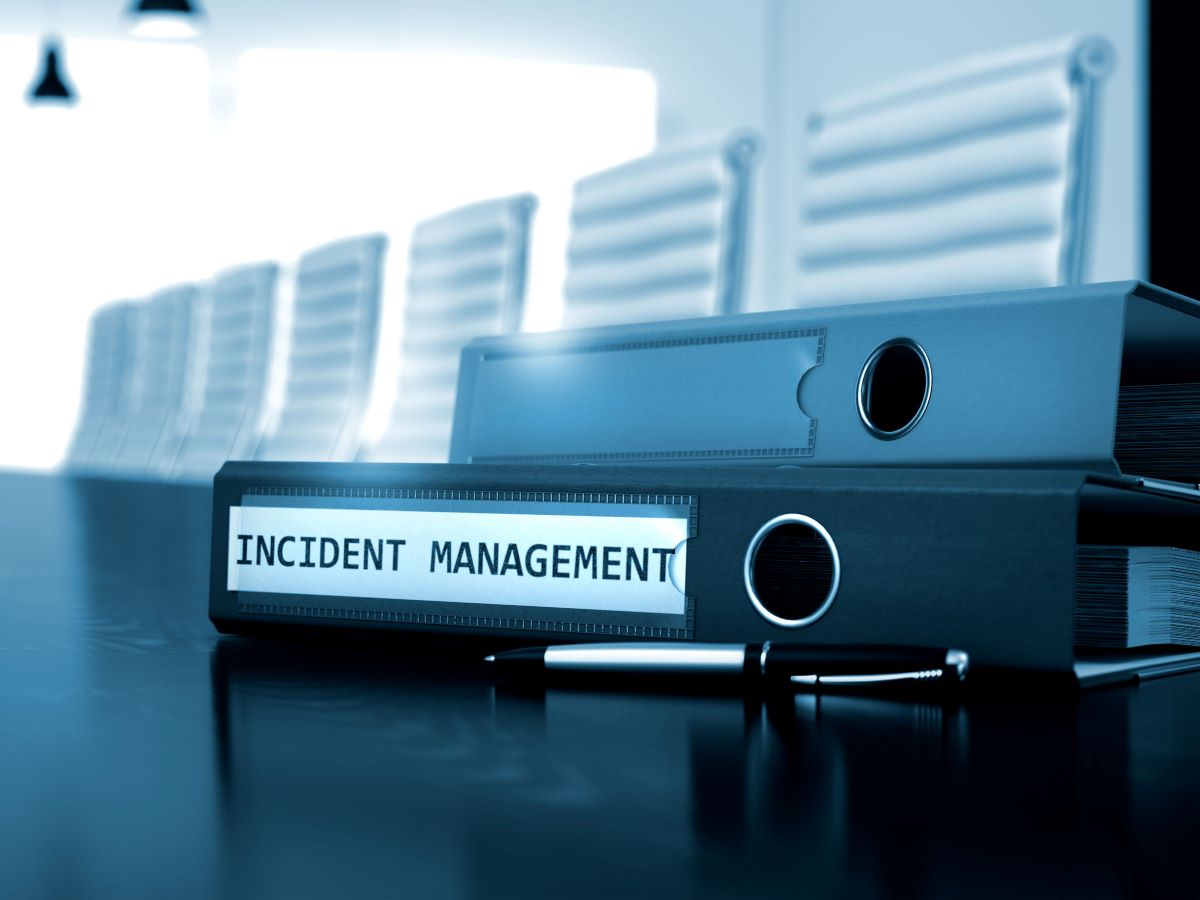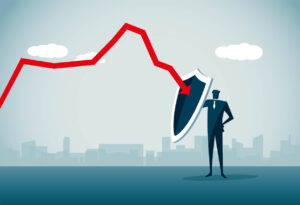How to ensure you capture meaningful data to inform your crisis response
Here are some tips and tools to help you measure your crisis comms efforts and use data to drive important decisions.

When a crisis hits, and you don’t have a measurement strategy in place, you’re going to have a hard time capturing accurate, actionable information.
The problem isn’t that the data is hard to come by, explains Nicole Moreo, senior vice president of analytics for Ketchum and chair of the North American chapter of AMEC. Data is everywhere—but knowing which data to pay attention to requires expertise and a bit of forethought.
And the chances are good that your organization hasn’t done its homework on preparing ahead of the next crisis. “Only 30% of marketers and PR pros conduct a threat assessment for their brands once a year,” Moreo says—and failing to regularly update your planning, benchmarks and more will give you an incomplete picture when you try to measure an acute event.
The framework
When thinking about measuring your crisis response, Moreo says it is essential to go beyond the easy numbers. She offers three ways people tend to think about measurement:
- Documented results. These are the easy numbers that can get thrown into reports—“vanity metrics”—that offer an incomplete or even misleading picture of your crisis response.
- Producing insights. Here’s where you turn your numbers into recommendations that are actionable. If your insights don’t produce a recommended action or next step, it has limited value to your organization.
- Building context. Moreo says that this step is essential for keeping your various stakeholders calm and focused. For example, a tweet might be having a bit of a viral moment—but how does that engagement relate to your overall brand performance and audience reach? Moreo warns that numbers can be scary in a crisis—so it is essential to offer context to put those numbers in their proper place.
Mistakes to avoid
When looking to measure your crisis communications, Moreo warns against several big errors:
- Waiting until crisis hits. Once a crisis hits, you face a desperate, all-hands-on-deck situation and you will miss things, Moreo warns. If you have a system in place, it’s a lot less stressful.
- Keeping crisis measurement in a silo. Put your crisis response in the context of your “always on” measurement, Moreo advises. Don’t have an “always on” measurement program? That’s why you can’t wait until a crisis hits.
- Forgetting to benchmark. If a crisis hits and you want to prove it’s “not that bad,” or maybe “worse than you think”—you need to be able to compare it to something. If you don’t have current brand studies or “always on” measurement in place, you have nothing to benchmark your brand reputation and sentiment and you cannot offer that all-important context.
- Forgetting “all” audiences. If you have a hyper-local audience, it might not be reflected in broader listening programs. Think about all your different audiences and nuances.
- Not thinking about your end audience (i.e. top management). Who are you presenting your findings to? Make different reports for the board of directors, for legal teams and for brand client, etc. Make sure that you are gathering info that will be important for the people reading the report.
Tools to consider
There are several essential tools for monitoring your brand and messaging success in a crisis, according to Moreo. Some of them are very economical, like the free offerings from Google Analytics and web tools.
Here are the essentials that Moreo recommends for your crisis comms measurement toolkit:
- Survey tool/partner. Think about how you can reach all audiences.
- Media and social media listening tool
- Search tool/platform
- Web analytics
One free tool that Moreo recommends is Answer the Public—an application that lets you know what questions are being asked on Google about a given topic.
Getting started
To make sure you are set-up for success Moreo offers five big topics to consider whenever getting started on your crisis measurement plan.
- Start with your goals. All good measurement is tied to specific goals. Moreo suggests: Make sure if you are preparing pre-crisis to ask: “What is the business goal that you are working towards?” Being able to show how a crisis does or does not tie back to business goals will be key.
- Outline your audiences. Who are you, as a communicator, charged with reaching? “It is easy to focus on the audience that has the most accessible data or information. But if you are charged with reaching employees, policy makers, hyper-local audiences, and general consumers, you may miss out on critical insights to support your strategy and issues preparedness.”
- To create your plan, you need to understand the landscape you are working in. What is your audience reacting to? What are the key themes, what are competitors doing, and most importantly for crisis work, what are the issues that may be red flags vs. issues that are safe to discuss?
- Optimization/monitoring. “Make sure you can respond and adjust in real time with insights that you are gathering,” Moreo says. It is not just about a PowerPoint deck at the end.
- When looking at what you might think is a compelling chart, Moreo says to ask yourself, “So what?” three times. Make sure you are satisfied that your data and accompanying visuals tell a compelling story.
You can learn more essential insights about crisis communications and measurement by joining Ragan’s Crisis Leadership Network. Learn more about this exclusive membership here.
Connect with Nicole Moreo on Twitter or LinkedIn.







